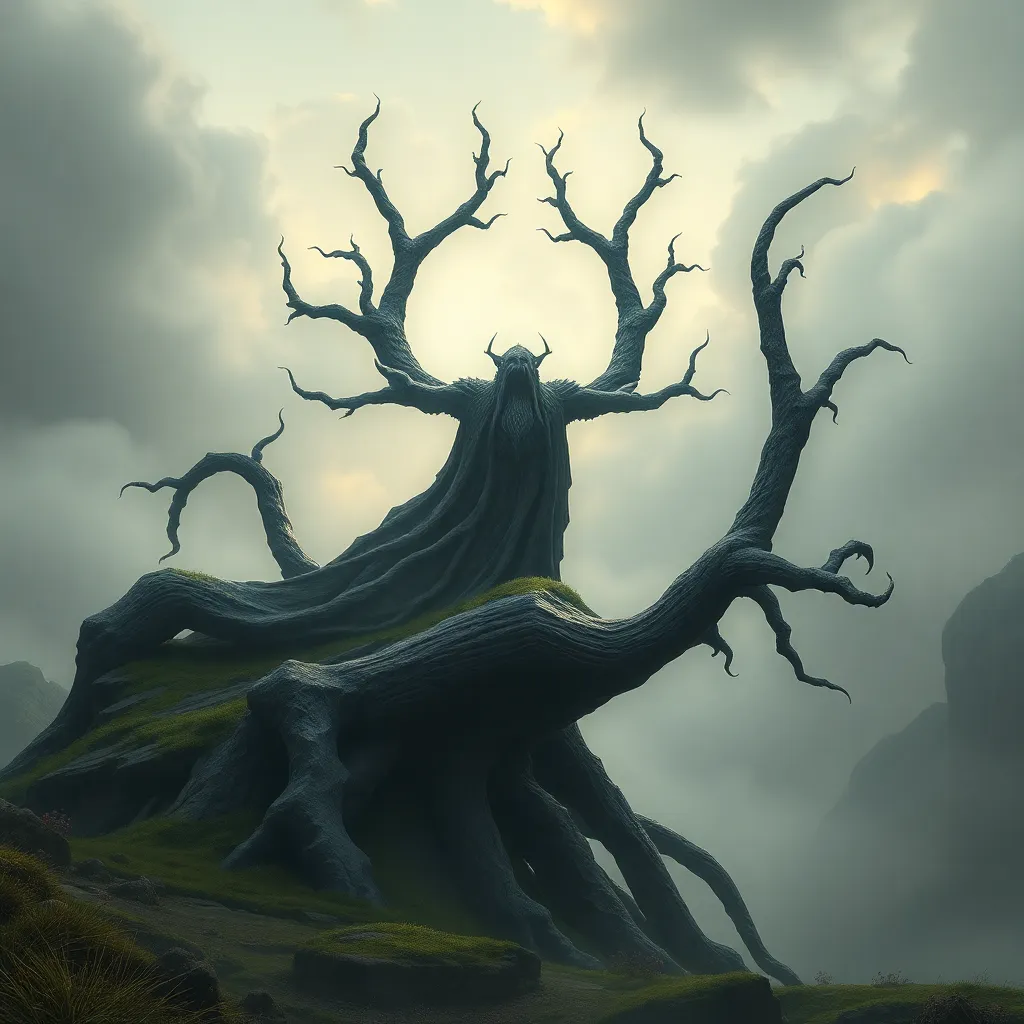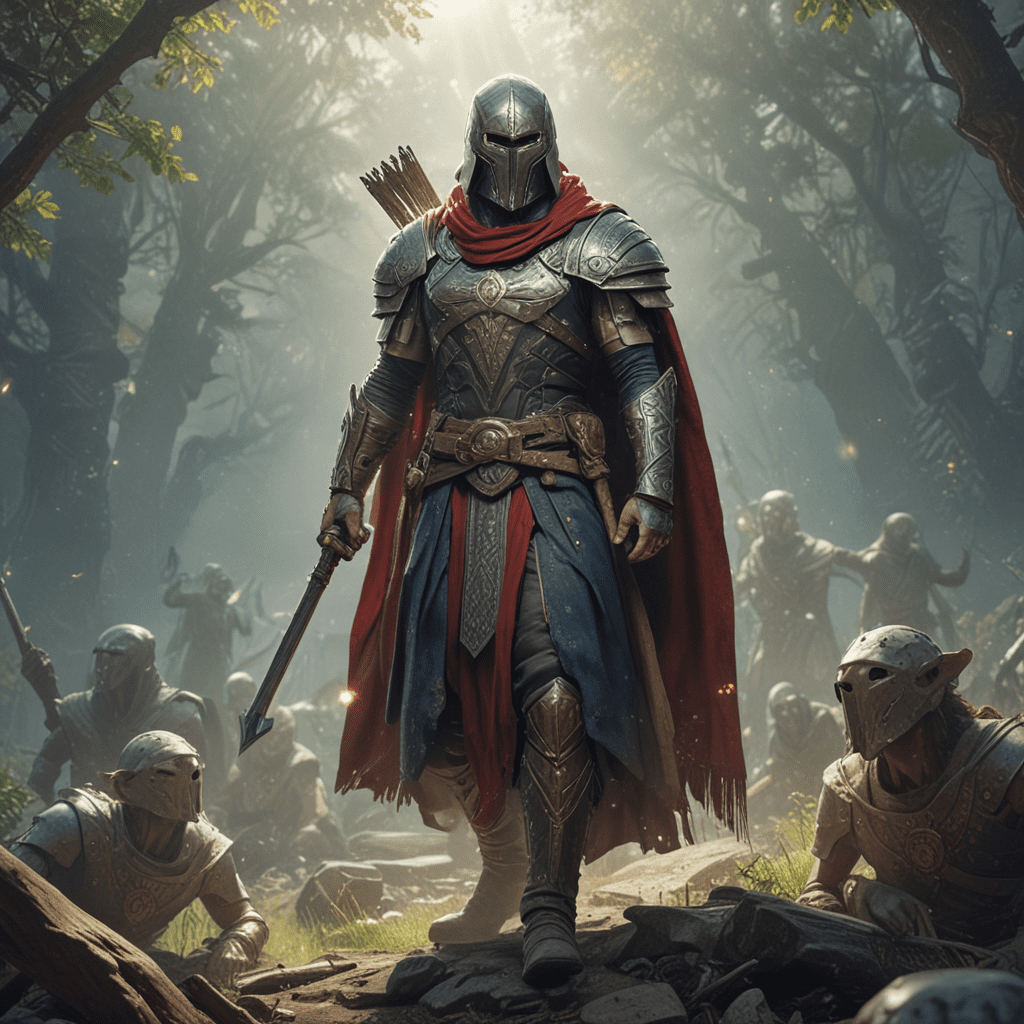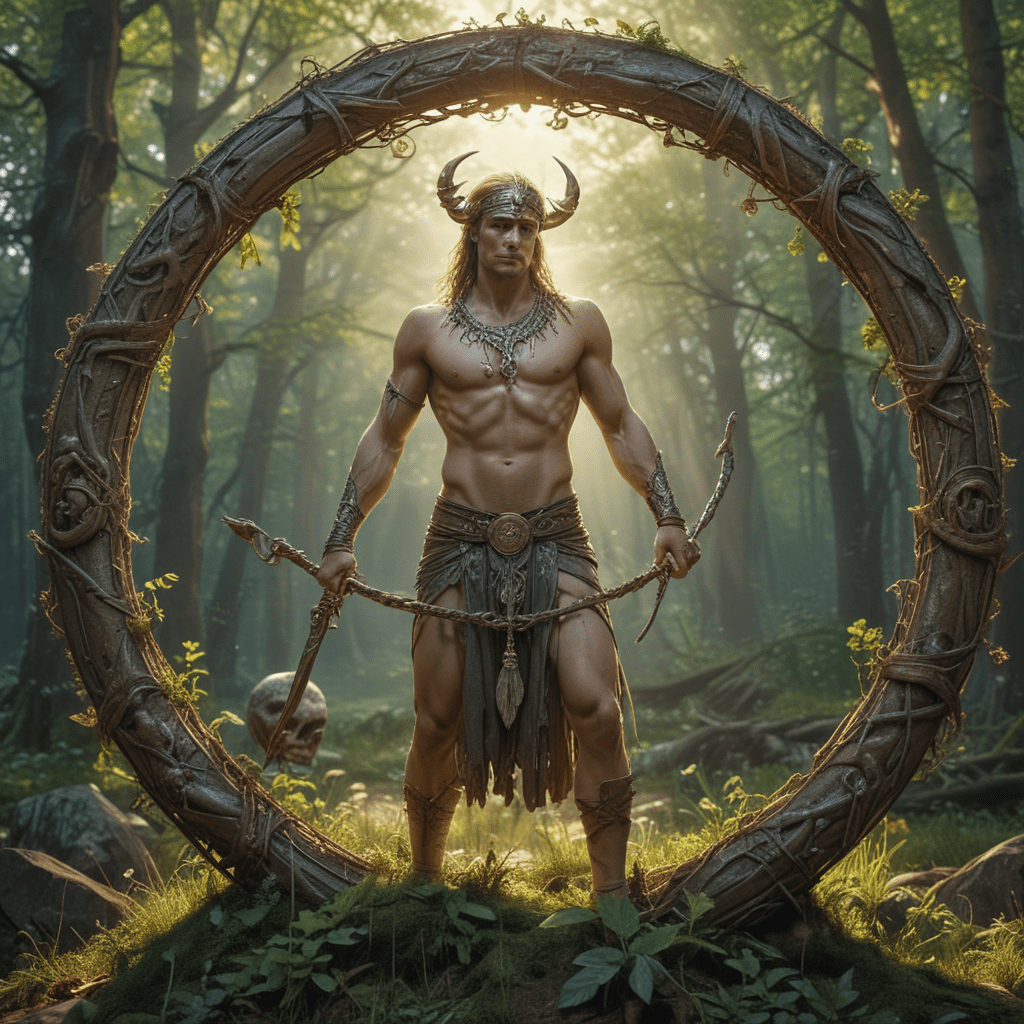The Ancient Roots of Níðhöggr: Exploring Celtic and Norse Connections
I. Introduction
Níðhöggr, a fearsome dragon from Norse mythology, is often depicted as a creature of chaos and destruction, gnawing at the roots of Yggdrasill, the World Tree. This article delves into the significance of Níðhöggr, exploring its connections to both Norse and Celtic mythologies. By examining the ancient roots of this mythical figure, we can uncover shared themes and cultural exchanges that have influenced storytelling across centuries.
Understanding Níðhöggr’s place within Norse mythology and its potential Celtic parallels provides valuable insights into the interconnectedness of ancient belief systems. This exploration aims to highlight the complexities of mythology, showcasing how figures like Níðhöggr serve as bridges between cultures.
II. The Mythology of Níðhöggr
Níðhöggr is often described as a dragon or serpent that resides beneath Yggdrasill, the immense tree that connects the nine worlds in Norse cosmology. It is known for its destructive nature, feeding on the dead and symbolizing chaos that threatens the order of the cosmos.
In Norse mythology, Níðhöggr embodies several key symbols:
- Chaos and Destruction: As a creature that gnaws at the roots of Yggdrasill, Níðhöggr represents the destructive forces that challenge creation and order.
- Death and the Underworld: Níðhöggr’s association with the dead ties it to themes of mortality and the afterlife, emphasizing the cyclical nature of existence.
- Transformation: The dragon’s role suggests that destruction is often a precursor to rebirth, a theme prevalent in many mythologies.
Moreover, Níðhöggr’s relationship with Yggdrasill emphasizes the interconnectedness of life, death, and the natural world, where the balance between chaos and order is constantly negotiated.
III. Origins of Níðhöggr in Norse Culture
The primary sources of Norse mythology, the Poetic Edda and the Prose Edda, provide essential insights into the character and significance of Níðhöggr. These texts describe Níðhöggr in various contexts, such as its role in the events surrounding Ragnarok, the end of the world in Norse belief.
Historically, Norse beliefs were deeply intertwined with the natural environment and the cycles of life and death. Dragons, including Níðhöggr, were central to Norse storytelling, often symbolizing the struggle against chaos and the unknown.
The portrayal of dragons in Norse culture reflects:
- Fear of the unknown
- Struggles for power and control
- The duality of destruction and creation
IV. Celtic Mythological Parallels
Celtic mythology features a rich tapestry of creatures, including dragons that share thematic similarities with Níðhöggr. Celtic dragons often symbolize power, wisdom, and the natural world, but they too can embody chaos and destruction.
Notable comparisons can be drawn between Níðhöggr and Celtic dragons:
- Representation of Chaos: Both Níðhöggr and Celtic dragons can be seen as embodiments of chaos, often in conflict with heroic figures.
- Guardians of the Underworld: Similar to Níðhöggr, some Celtic dragons are associated with the underworld, representing the threshold between life and death.
- Themes of Rebirth: In both mythologies, dragons are often linked to cycles of death and renewal, suggesting a shared understanding of the natural order.
V. Shared Themes: Destruction and Renewal
Both Norse and Celtic mythologies emphasize the cyclical nature of destruction and renewal. In these traditions, the end of one cycle often paves the way for new beginnings, a theme vividly illustrated by the role of dragons.
Key themes shared between these mythologies include:
- Cyclical Nature of Existence: The idea that destruction is necessary for regeneration is a core belief in both cultures.
- Symbolism of the Underworld: The underworld serves as a place of transformation, where death leads to rebirth, often guarded by dragons.
- Dragons as Agents of Change: In both mythologies, dragons represent forces that challenge the status quo, leading to transformation and growth.
VI. Historical Interactions between Celtic and Norse Cultures
The historical interactions between Celtic and Norse cultures played a crucial role in shaping their mythologies. Migration and settlement patterns in ancient Europe facilitated cultural exchanges that influenced beliefs and storytelling.
Factors contributing to these interactions include:
- Trade: Economic exchanges often led to the sharing of ideas and stories between cultures.
- Warfare: Conquests and raids brought different peoples into contact, resulting in a blending of myths.
- Migration: The movement of peoples across regions contributed to the mixing of beliefs and practices.
VII. Modern Interpretations and Adaptations
In contemporary literature and media, Níðhöggr and other mythological dragons have gained renewed interest. Modern adaptations often reimagine these figures, exploring their complexities and relevance to today’s audiences.
Furthermore, there has been a revival of interest in both Celtic and Norse mythologies, influencing:
- Literature: New novels, films, and series draw on these ancient myths, highlighting their timeless themes.
- Spiritual Practices: Many modern spiritual movements incorporate elements from these mythologies, reflecting a search for deeper connections to the past.
- Art and Culture: Artistic representations of dragons and mythological figures continue to inspire creativity across various mediums.
VIII. Conclusion
The exploration of Níðhöggr reveals significant connections between Celtic and Norse mythologies, highlighting shared themes of destruction, renewal, and the cyclical nature of existence. Understanding these ancient roots not only enriches our comprehension of individual myths but also emphasizes the interconnectedness of cultures.
As we continue to investigate these rich mythologies, future research could explore further nuances in the interactions between Celtic and Norse beliefs, revealing deeper insights into the collective human experience and our mythological heritage.



